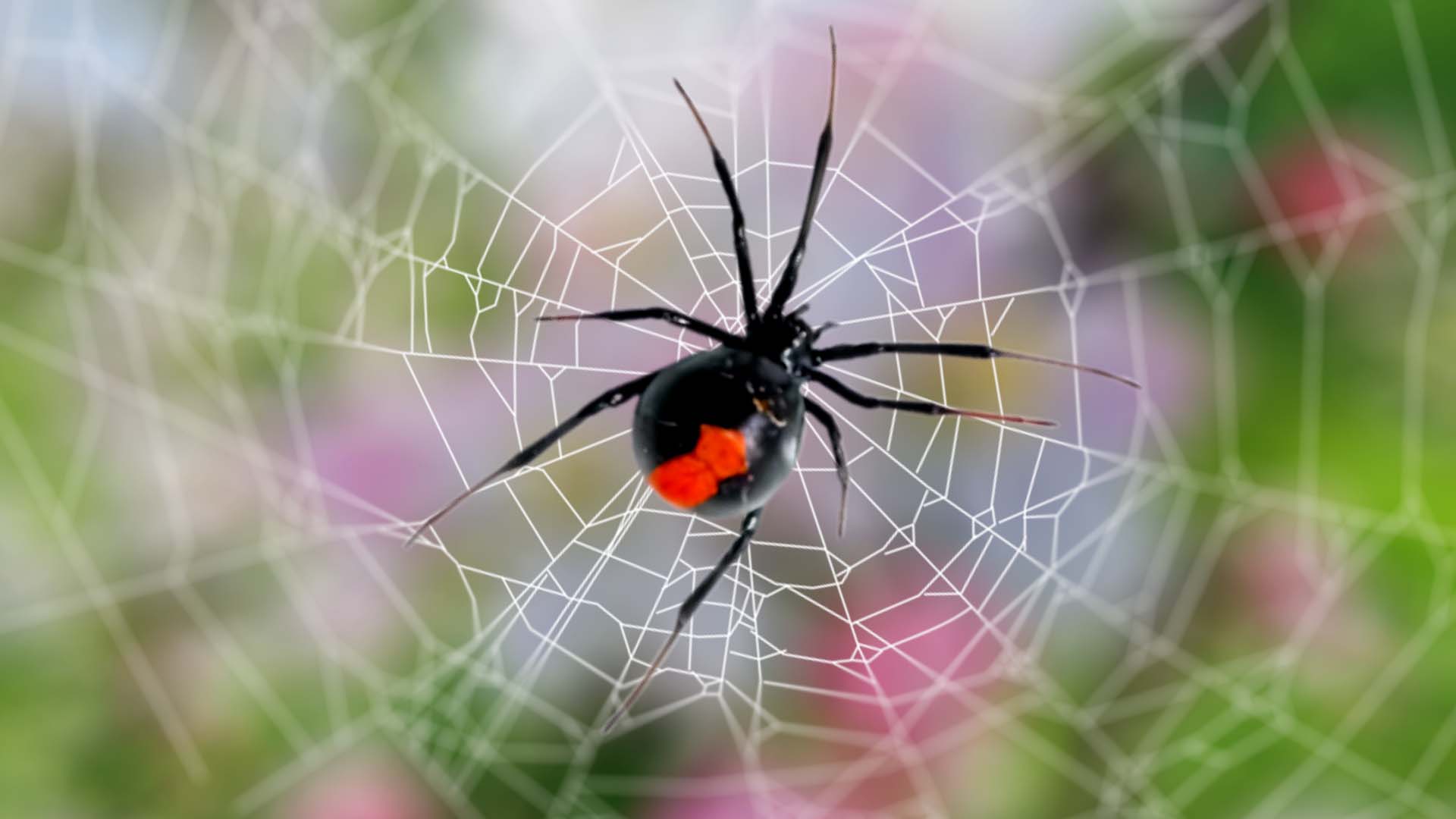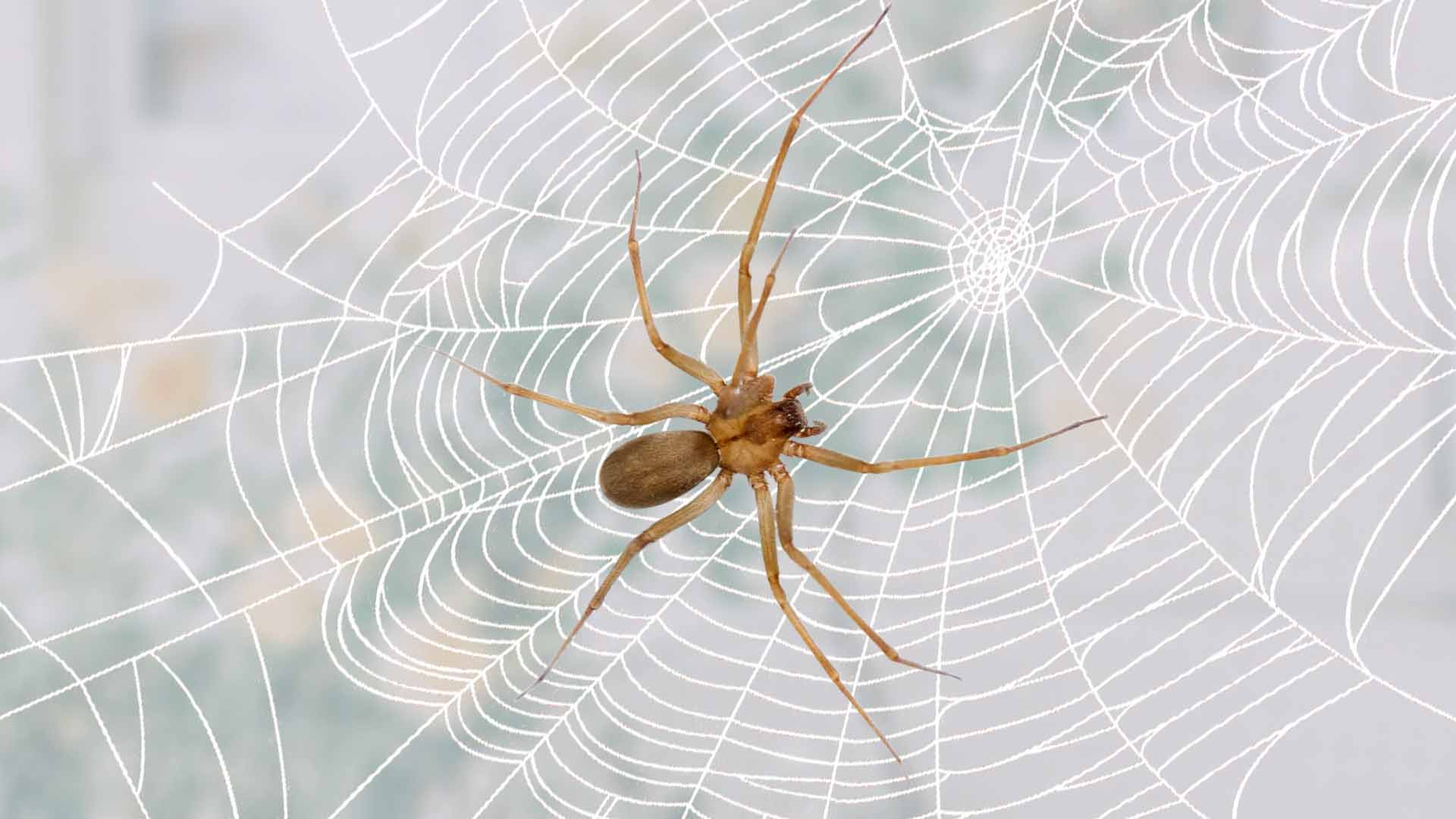
Can a Daddy Long Legs Bite Kill You (You Need to Know)
No, a Daddy long legs bite cannot kill you. This is a widespread myth. Daddy long legs, also known as cellar spiders or harvestmen, have several characteristics that prevent them from being harmful to humans: Many people fear Daddy long legs have a nasty bite, but is it true? This article dives into the truth…







